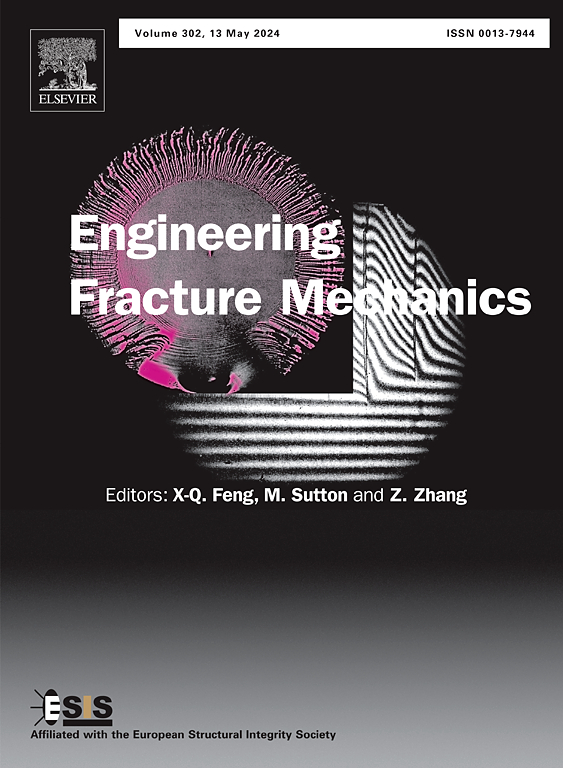Mechanical behavior and failure mechanism study of CFRP laminate page-type adhesive joint
IF 4.7
2区 工程技术
Q1 MECHANICS
引用次数: 0
Abstract
The application of adhesive bonding is becoming increasingly prevalent in the automotive, marine, and aerospace industries, aimed at enhancing structural performance and reducing weight. The mechanical behavior of adhesively bonded composite joints is significantly influenced by the joint structure. This study introduces a novel adhesive joint structure, referred to as the page-type adhesive joint (PTAJ). A finite element analysis (FEA) model, employing the Hashin failure criterion and cohesive zone model, has been developed to investigate the mechanical behavior and failure mechanisms of the PTAJ. Additionally, tensile strength tests were conducted on PTAJs to validate the integrated FEA approach. The results indicate that the PTAJ experiences both cohesive damage and CFRP tearing damage under tensile load, with the ratio of these failure modes varying according to different lap lengths. Short joint lengths primarily fail in the adhesive layer, while longer joint lengths exhibit CFRP tearing damage as the predominant failure mode. Furthermore, the tensile strength of the single lap joints (SLJs) is compared with that of the PTAJs. The tensile strength of the PTAJs is over four times that of the SLJs across various lap lengths. The findings of this study present a new high-performance adhesive structure for composite joints.
求助全文
约1分钟内获得全文
求助全文
来源期刊
CiteScore
8.70
自引率
13.00%
发文量
606
审稿时长
74 days
期刊介绍:
EFM covers a broad range of topics in fracture mechanics to be of interest and use to both researchers and practitioners. Contributions are welcome which address the fracture behavior of conventional engineering material systems as well as newly emerging material systems. Contributions on developments in the areas of mechanics and materials science strongly related to fracture mechanics are also welcome. Papers on fatigue are welcome if they treat the fatigue process using the methods of fracture mechanics.

 求助内容:
求助内容: 应助结果提醒方式:
应助结果提醒方式:


